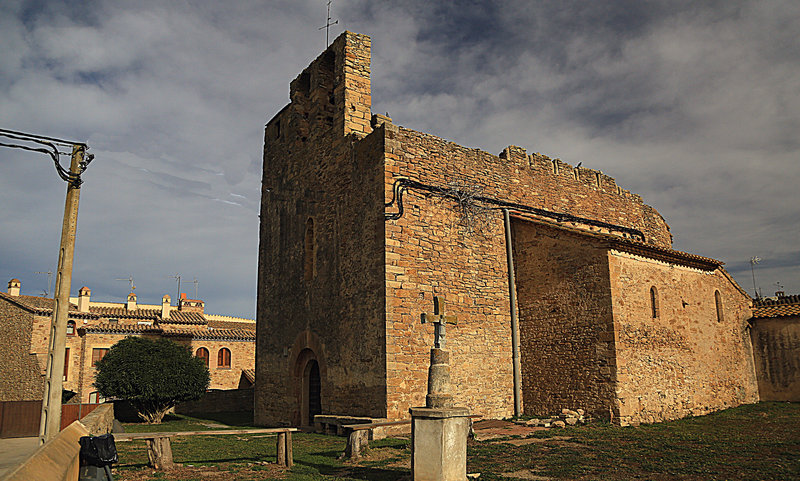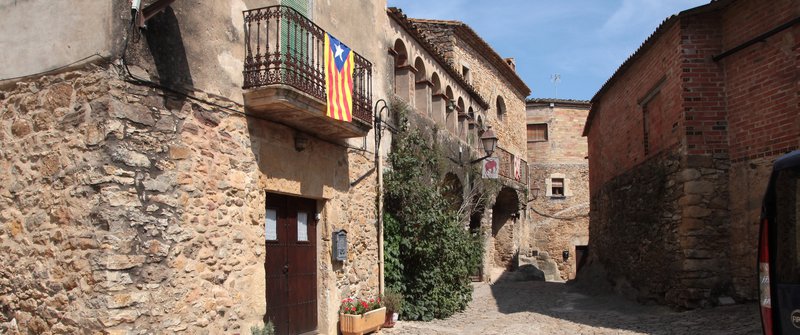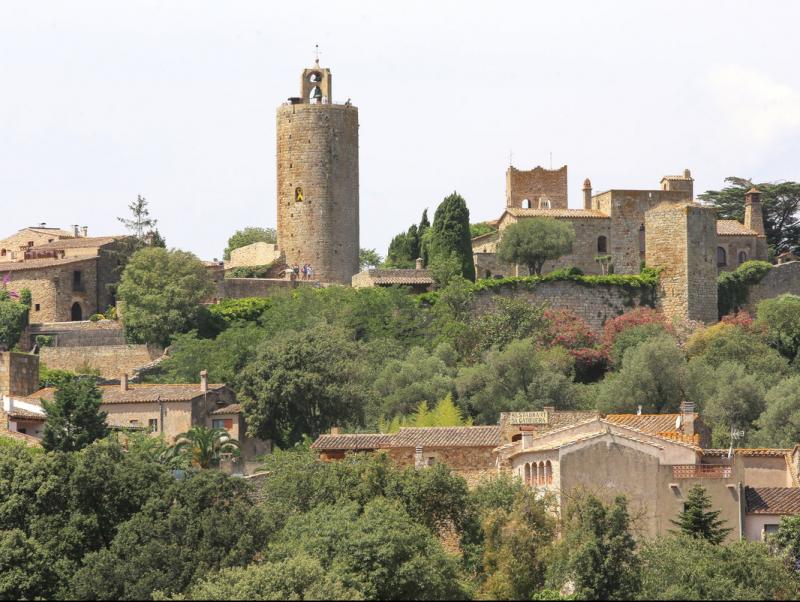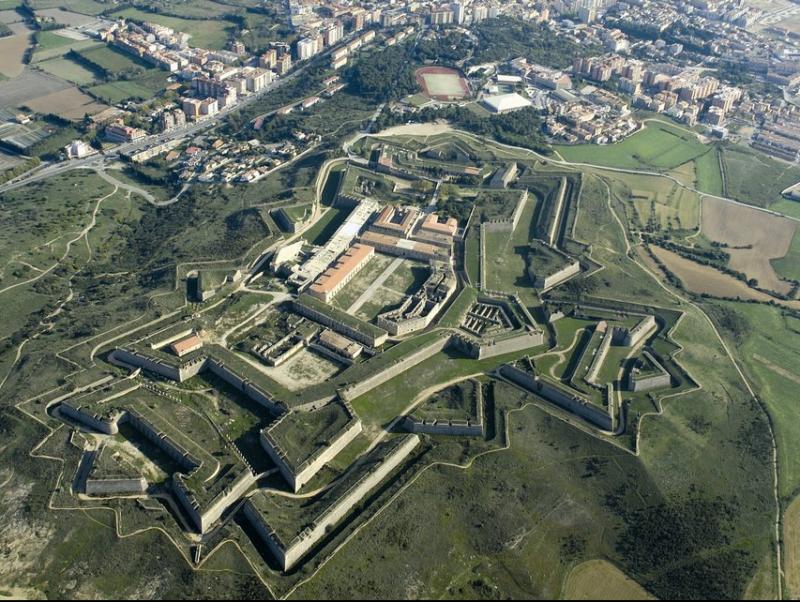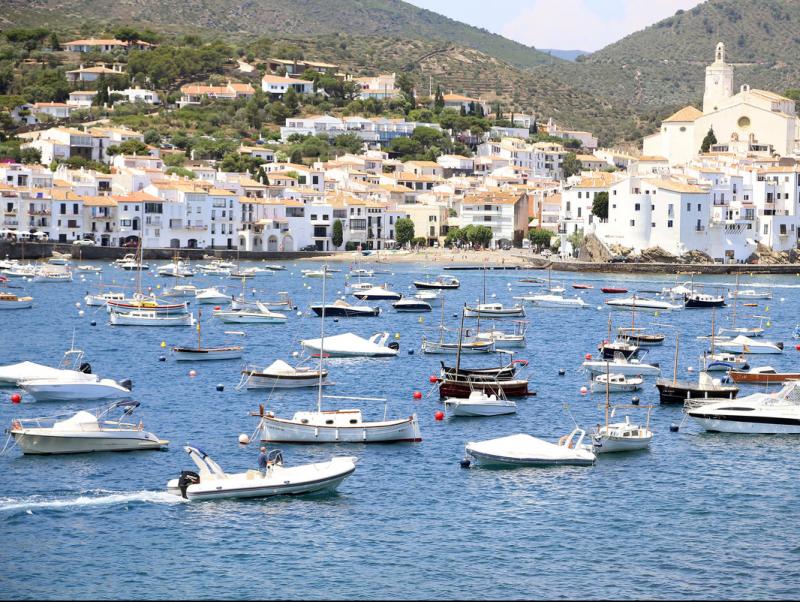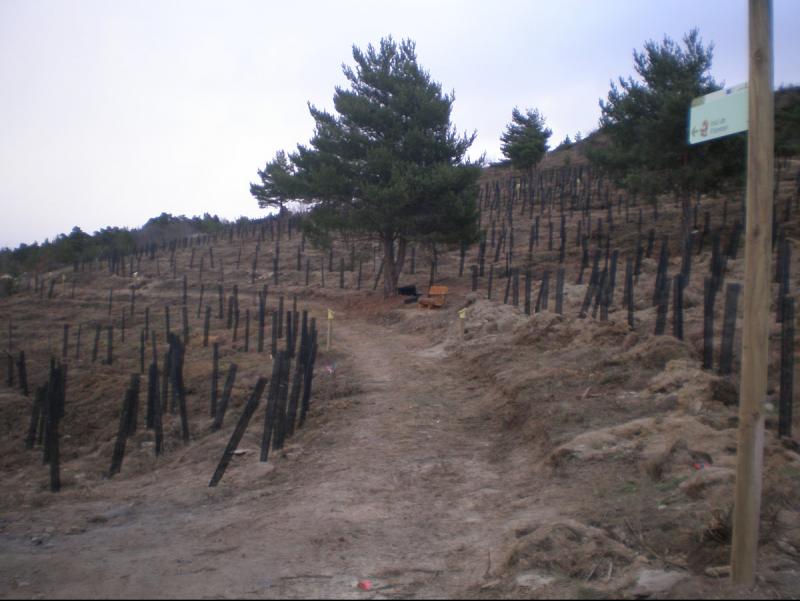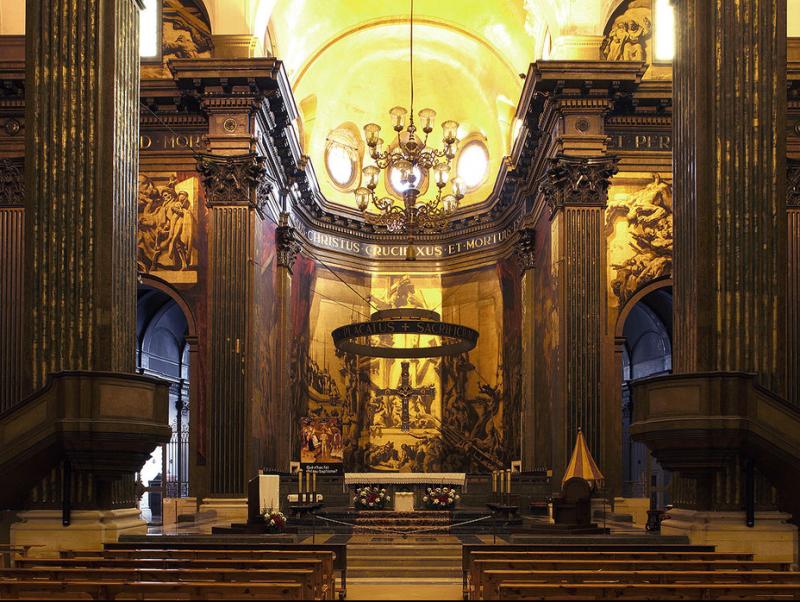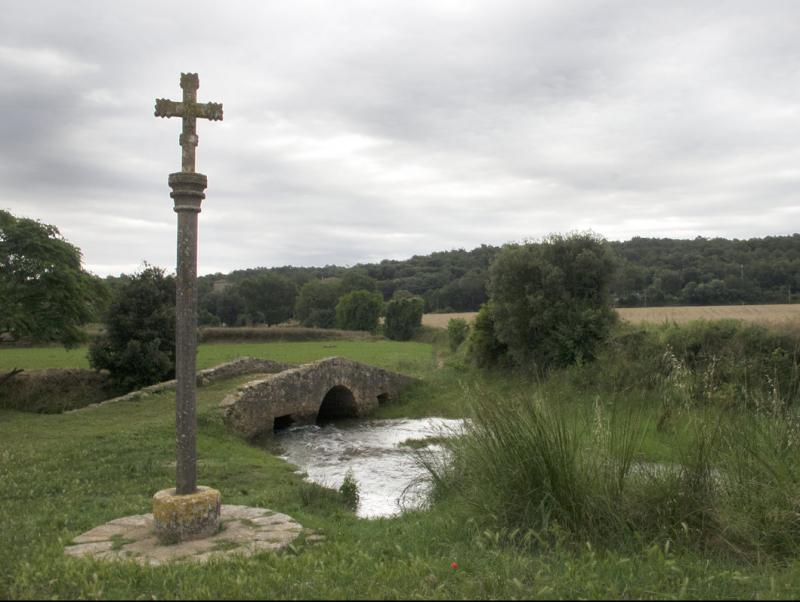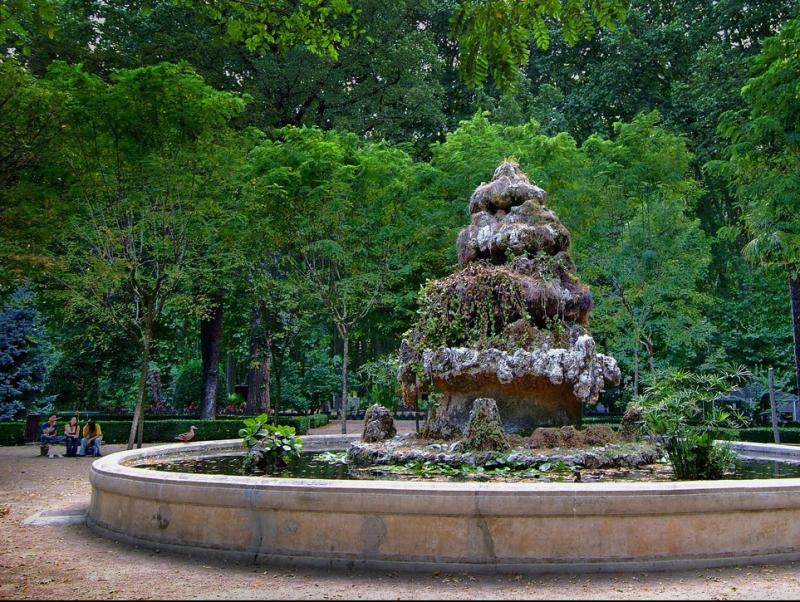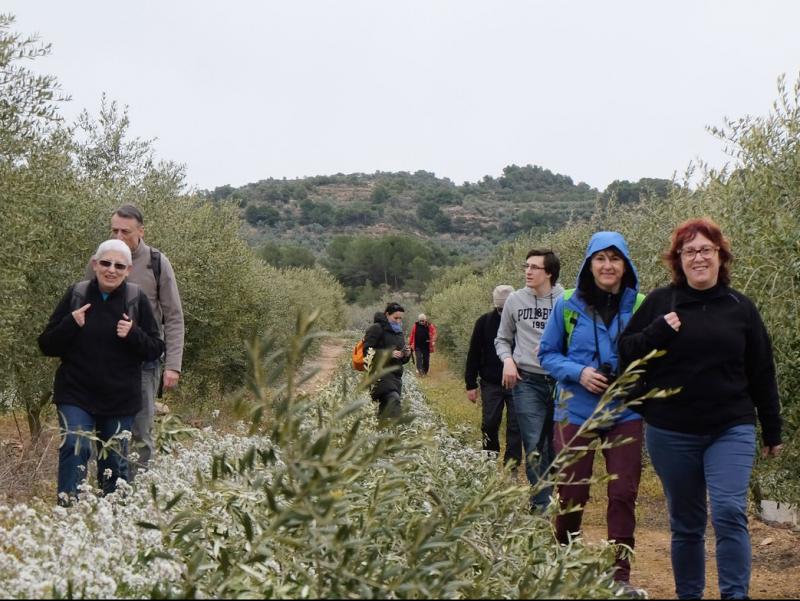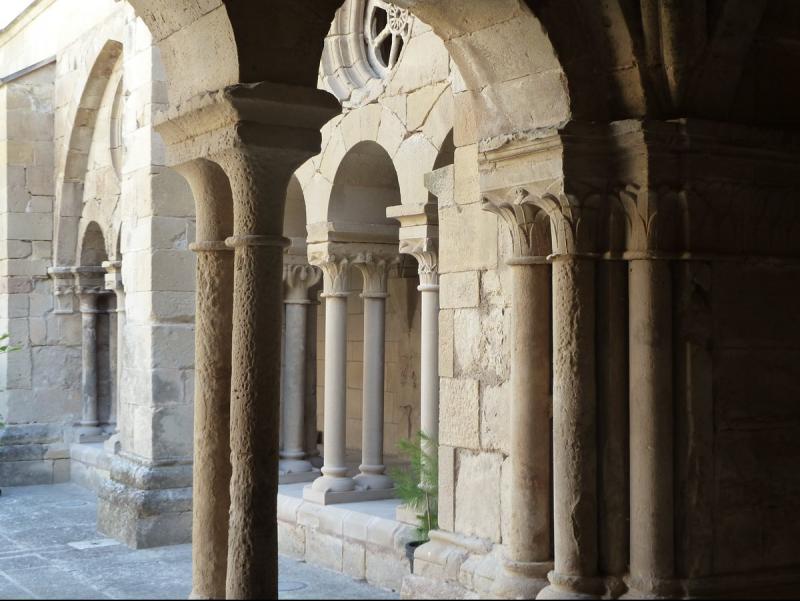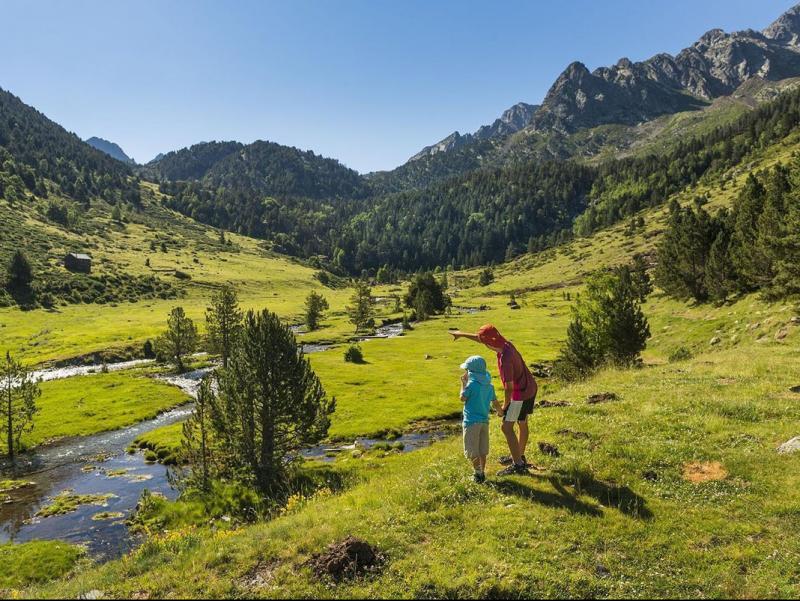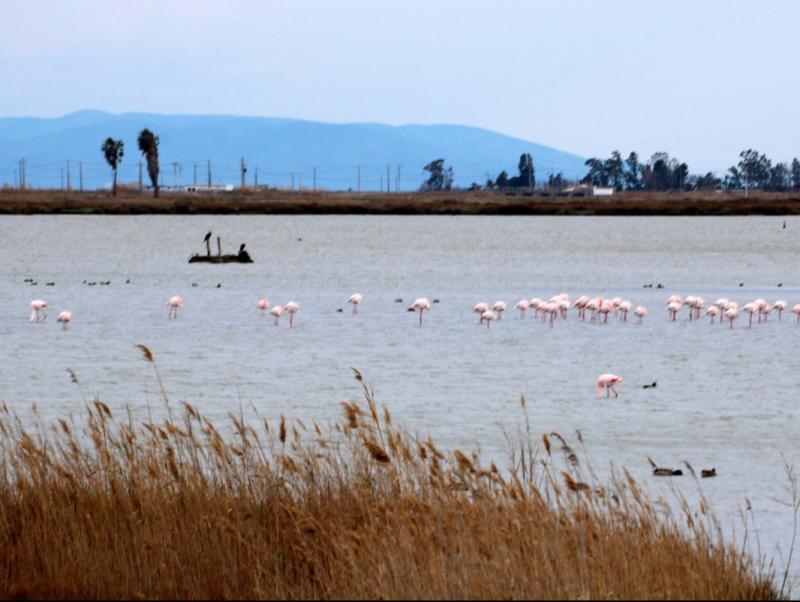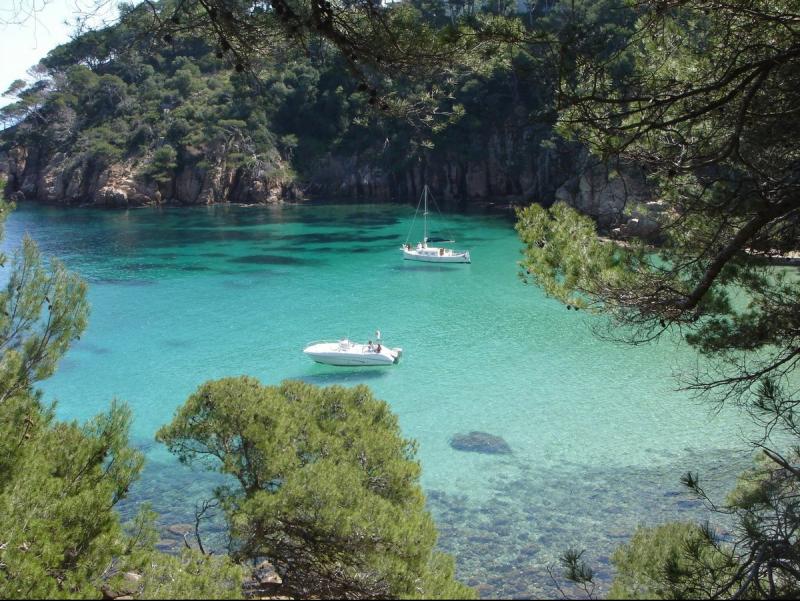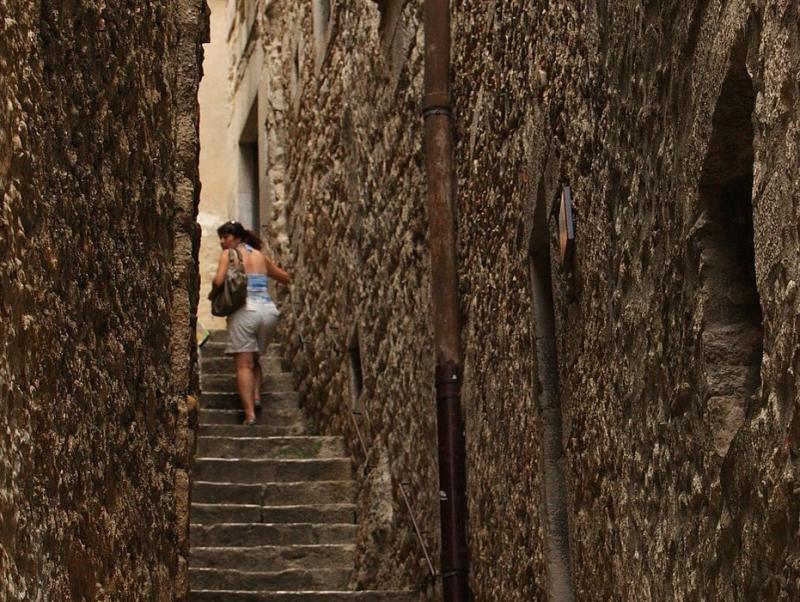The footprint left by feudal lords
Within just a few kilometres, the Empordanet gives us a broad lesson in medievalism. The feudal lords who left their mark on this land, the Cruïlles, the Sarriera, the Foixà, the Peratallada, the counts of Empúries and Besalú and many others, despite wars, pillages and other trifling matters, built castles, palaces, fortified houses and churches, which largely remain standing today.
Our proposal is to take a drive through some of the medieval villages in the area. We start with Pals, a Gothic town located at the top of a peak looming over a unique landscape. We leave the map in the car and, guided by the beauty of each little corner, we head for the main square, the Visigoth tombs, the church, the castle, the Hores tower, the wall and the viewpoint.
One of the main attractions of Palau-sator are the still-preserved sections of the town’s wall. The southern portal remains the entry point to the walled enclosure. On top of a hill we find the castle, and outside the wall the church of Sant Pere, of Romanesque origin.
Peratallada was one of the most fortified Catalan towns. Declared a place of historic-artistic interest, it boasts one of the most important medieval centres in the whole Empordà region. The fortified castle, the palace, the walls, the Romanesque church of Sant Esteve are all essential visits before getting lost in the narrow streets. The route continues towards Vulpellac and the 14th-century castle-palace, still inhabited but with visiting days. In La Bisbal d’Empordà, famous for its ceramics, we find a medieval castle-palace and many traditional shops.
Further west is Cruïlles and the must-see monastery of Sant Miquel de Cruïlles, one of the main vestiges of Romanesque architecture in Catalonia, together with Monells, a medieval village built around an old castle. The jewel of this nucleus is the porticoed Jaume I square, the setting for a very important market that dates back to the Middle Ages and the set for the film Ocho apellidos catalanes. Ullastret is not as renowned, but is home to a large Iberian site that will pleasantly surprise us. Here we will discover La Llotja, a Gothic covered square with a rectangular floor plan; the walls, which encircle a small group of narrow, steep streets located on top of a small hill (with 10 preserved towers!), and the church of Sant Pere, from the Carolingian period, i.e. pre-Romanesque.
Ideal for a bike trip
The flat and smooth relief of the Empordanet makes visiting it by bicycle a pleasure. A large number of perfectly signposted rural roads allow visitors to travel easily through the region. It is a small area that “from the top of a bell tower you can always see the neighbouring bell tower”. A bike tour is well worth the effort, with many more possibilities opening up if visitors decide to go on and explore the numerous routes through wooded areas.

